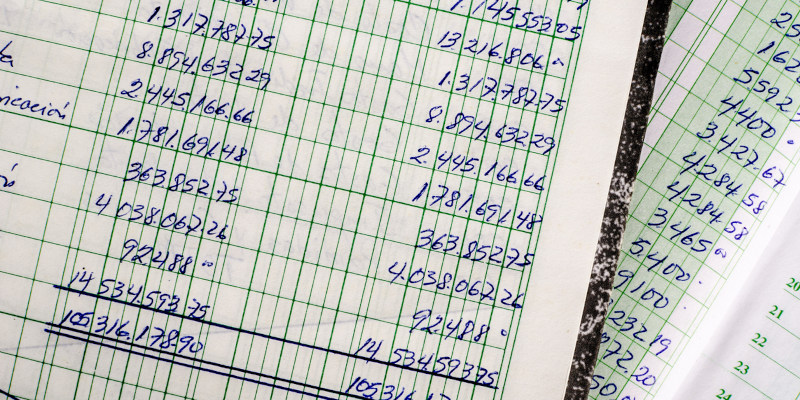When keeping a company’s books went from heavy handwritten ledgers and hours of painstaking work to the ease of using a computer program, the accounting process became much easier and more accurate. However, entering your numbers into a computer program is only part of the full cycle accounting process.
Full cycle accounting involves eight steps. As you enter income, expenses, and capital purchases into your software, you are completing the first step only, which is the financial transactions step. The next steps are:
2. Journal entries
3. Posting the journal entries to the general ledger
4. Completing a trial balance
5. If the trial balance does not balance, determining why
6. Adjusting entries for accruals and deferrals
7. Preparation of financial statements, including income statements, balance sheets, and cash flow statements
8. Closing out of income and expense accounts at end of fiscal or calendar year
If these steps in full cycle accounting seem foreign to you, you needn’t be concerned. Leave your accounting needs to bookkeeping professionals who have the education, training, and experience to provide accurate financial statements, so you can make business decisions with confidence. Check your local bookkeepers or accounting companies to see which one can best cater to the needs of your business. When you find a trustworthy, reliable, and competent bookkeeper, you will have peace of mind about your company’s records.










